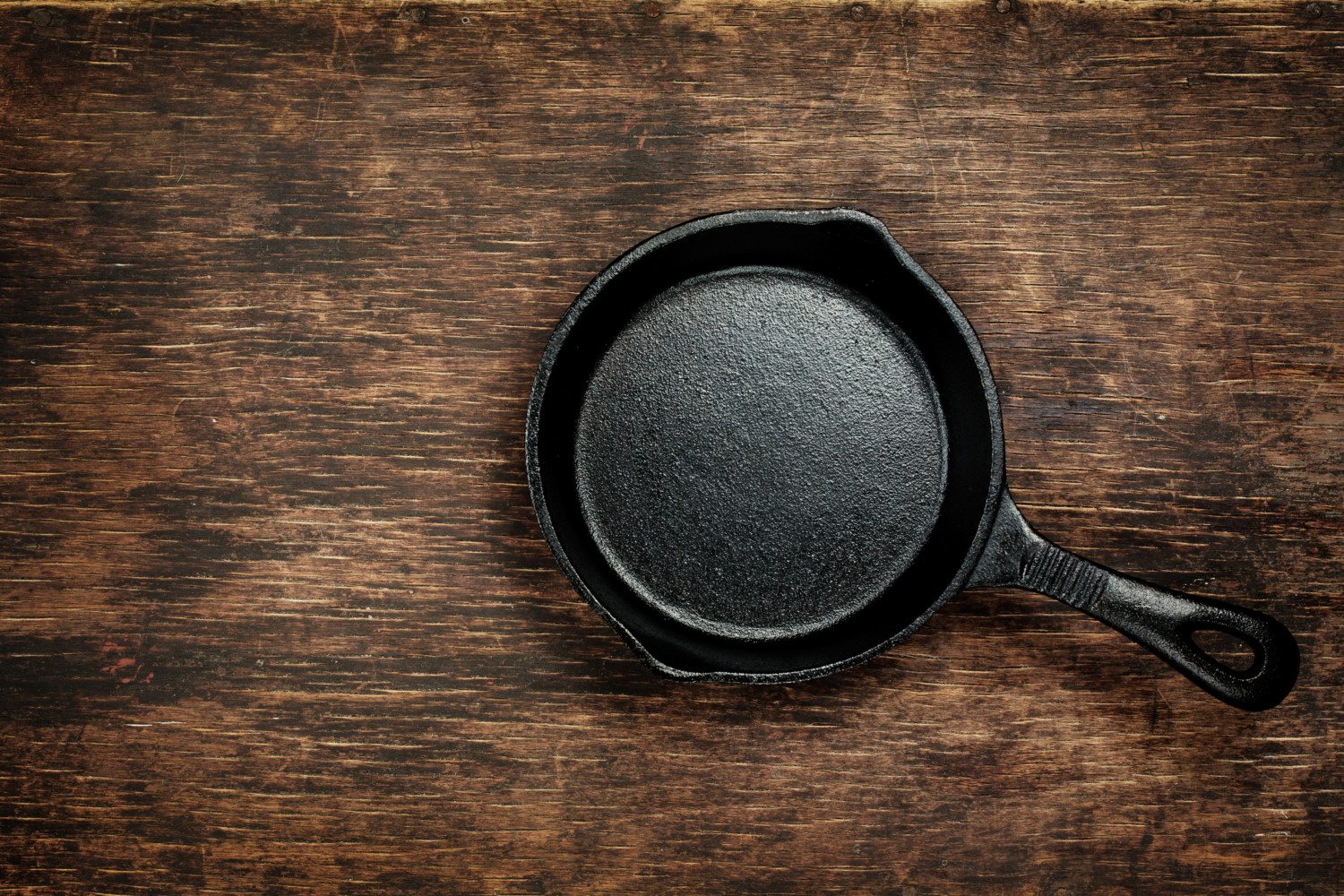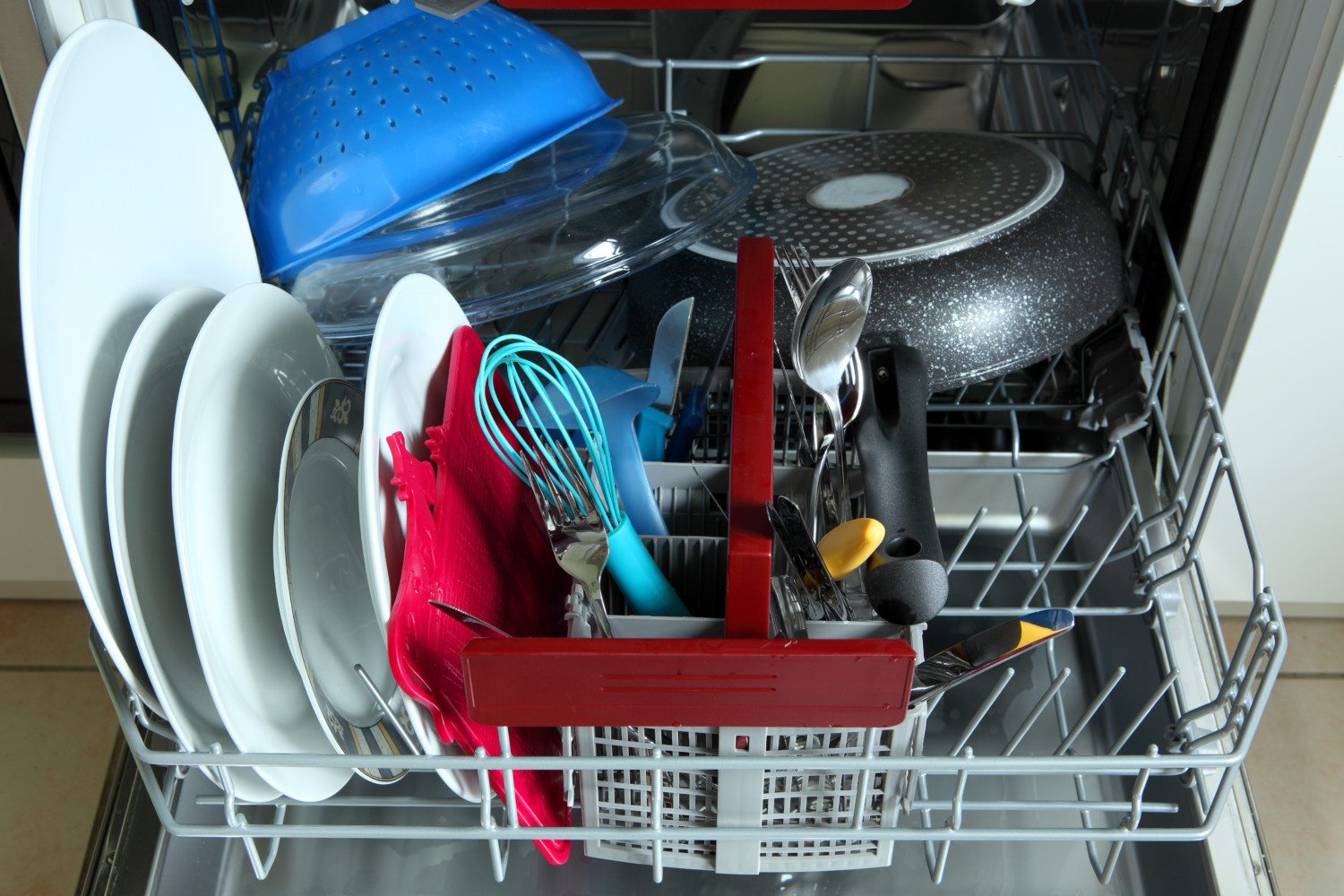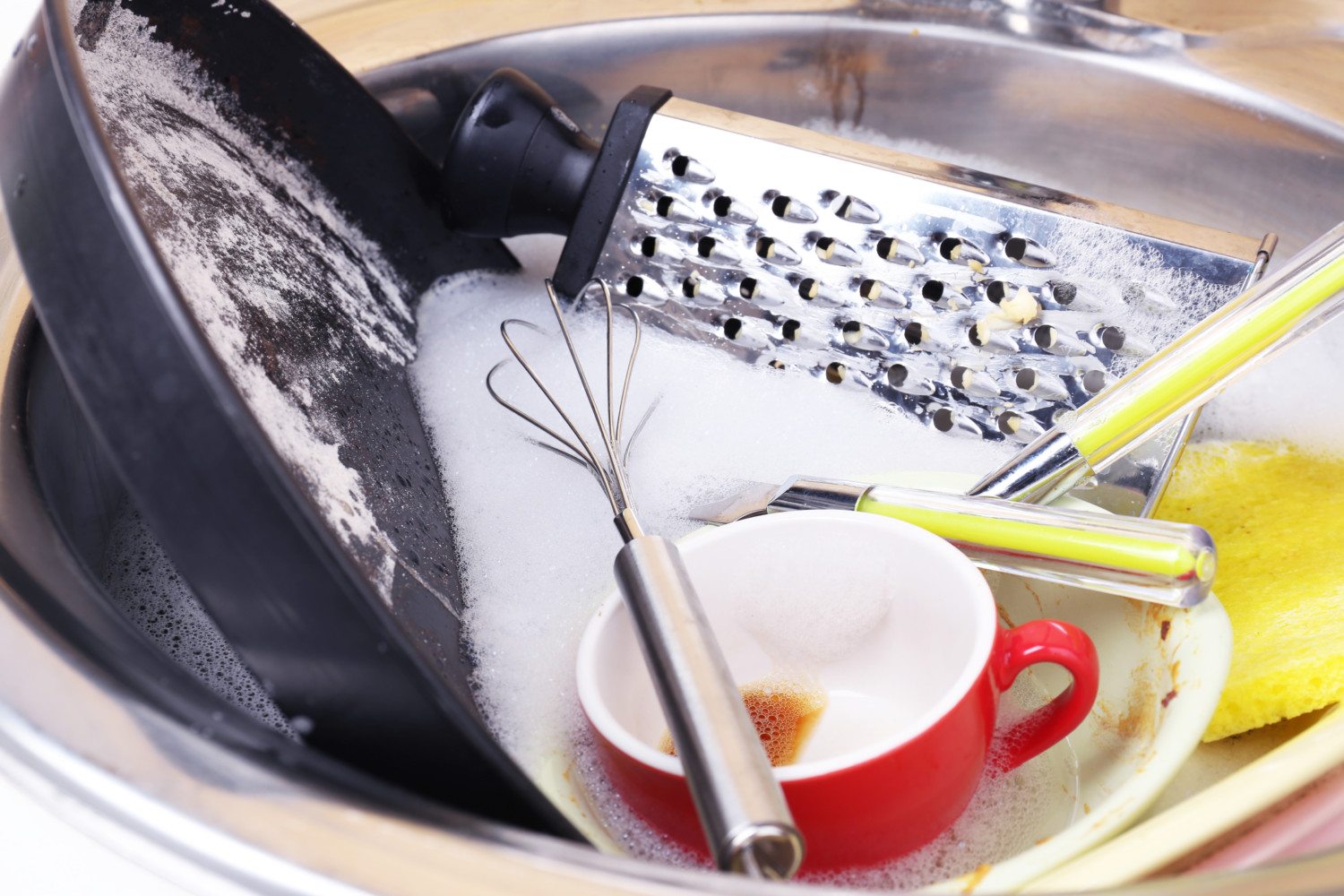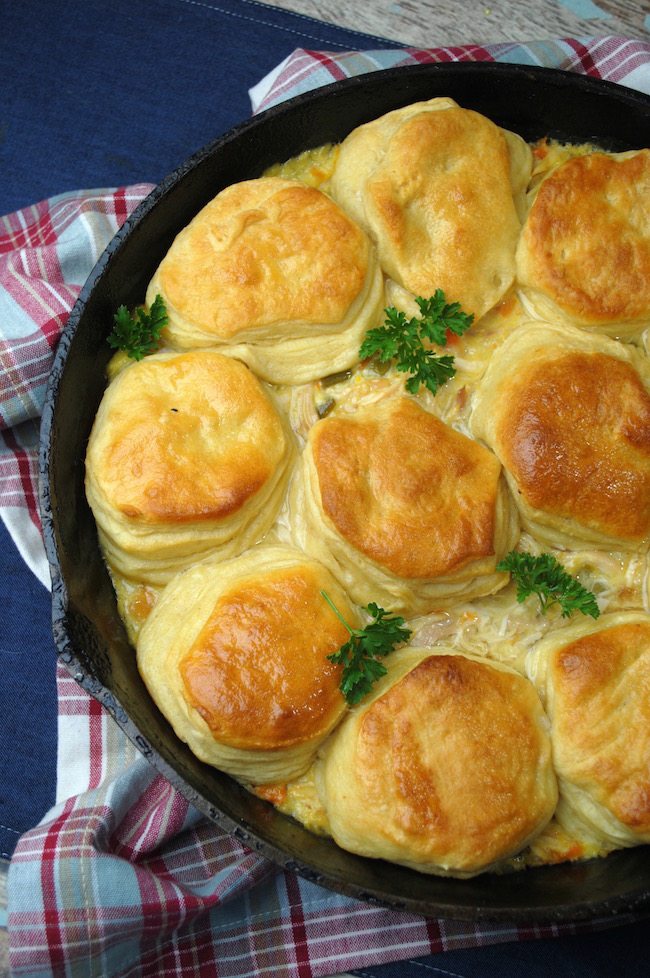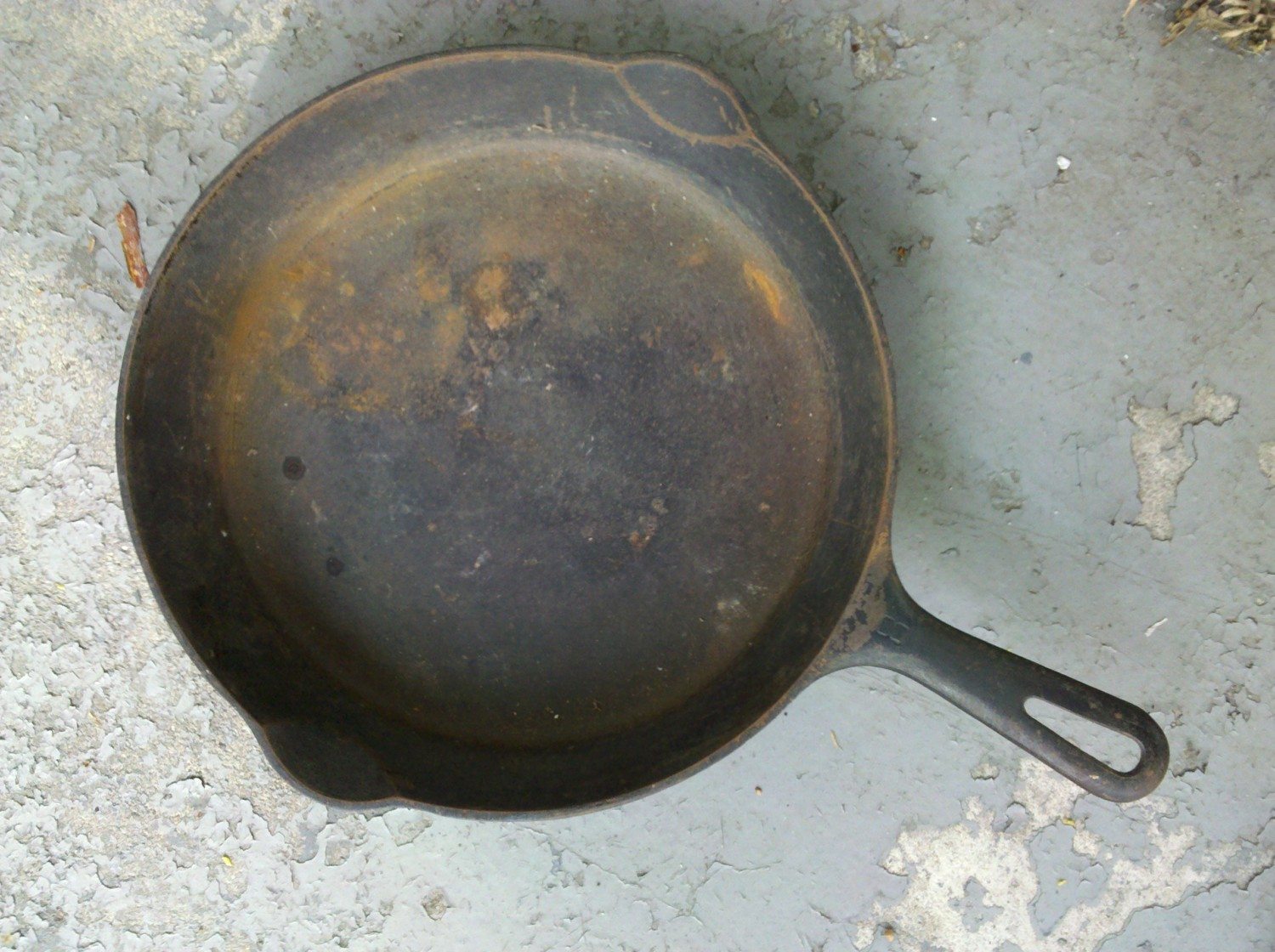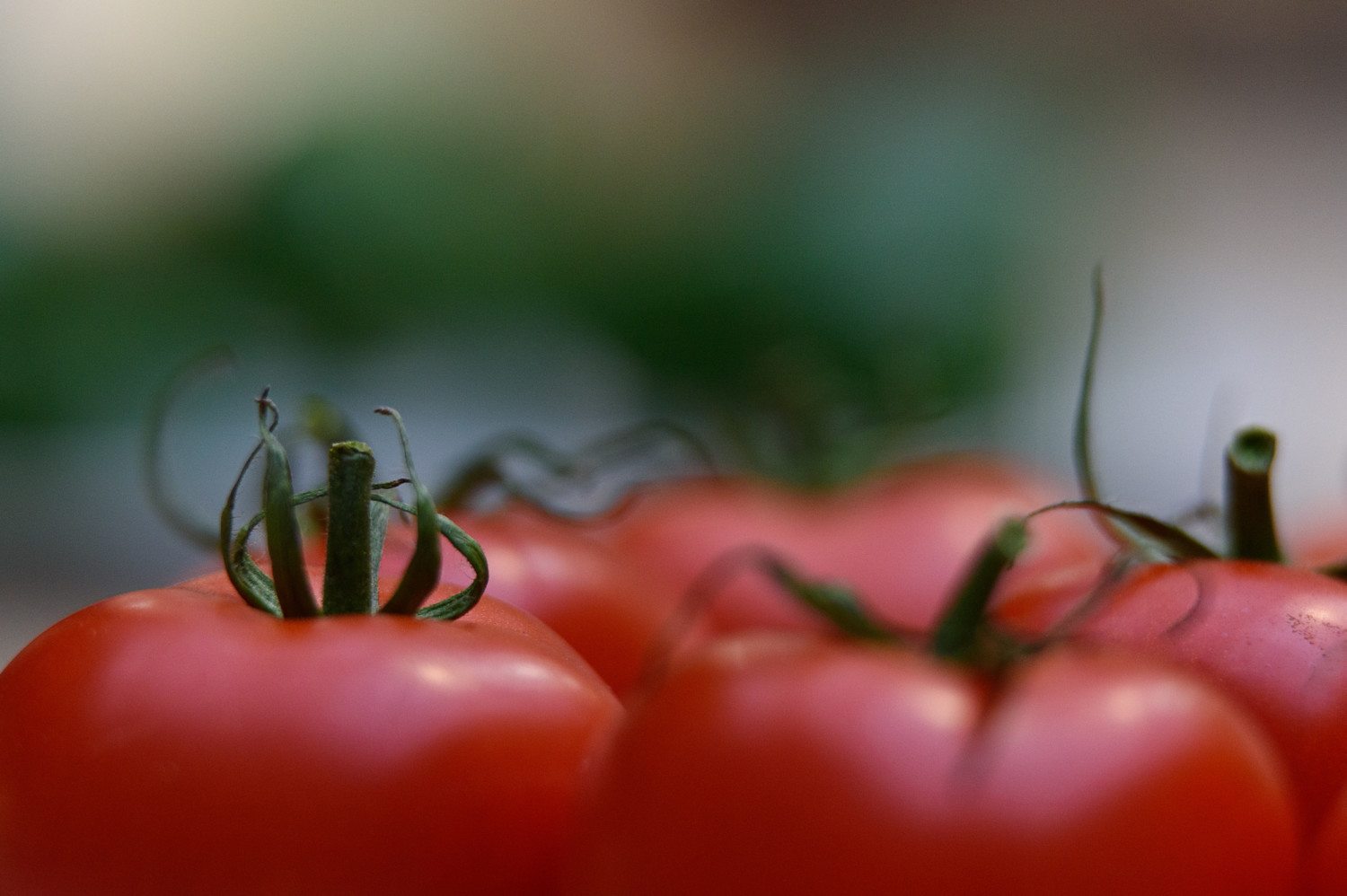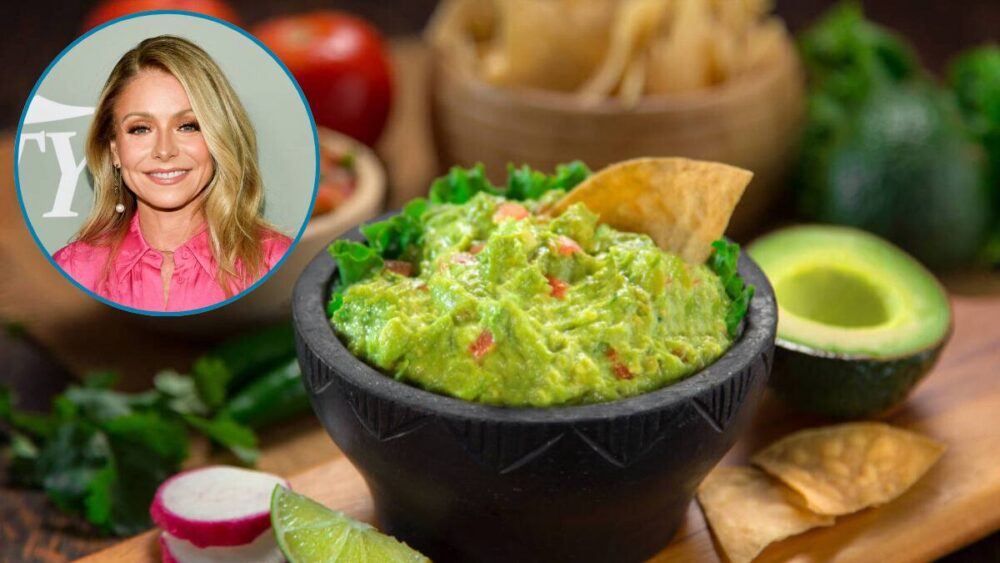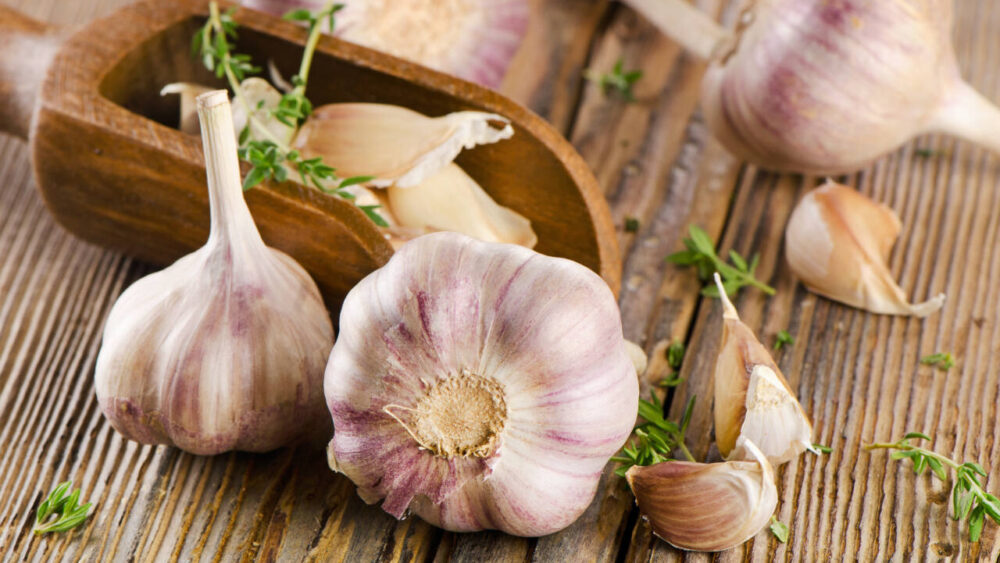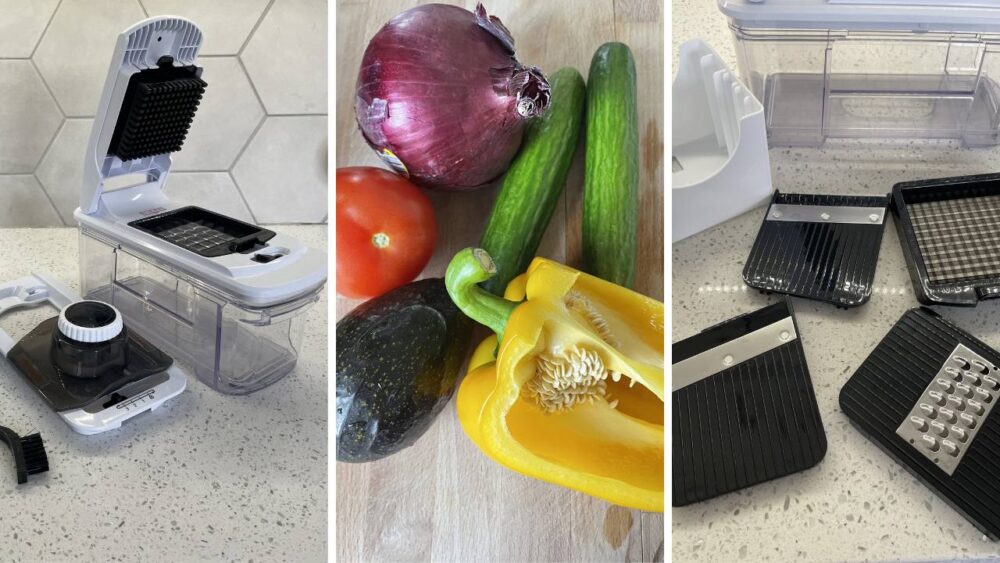6 mistakes you’re making with your cast-iron skillet—and how to fix them
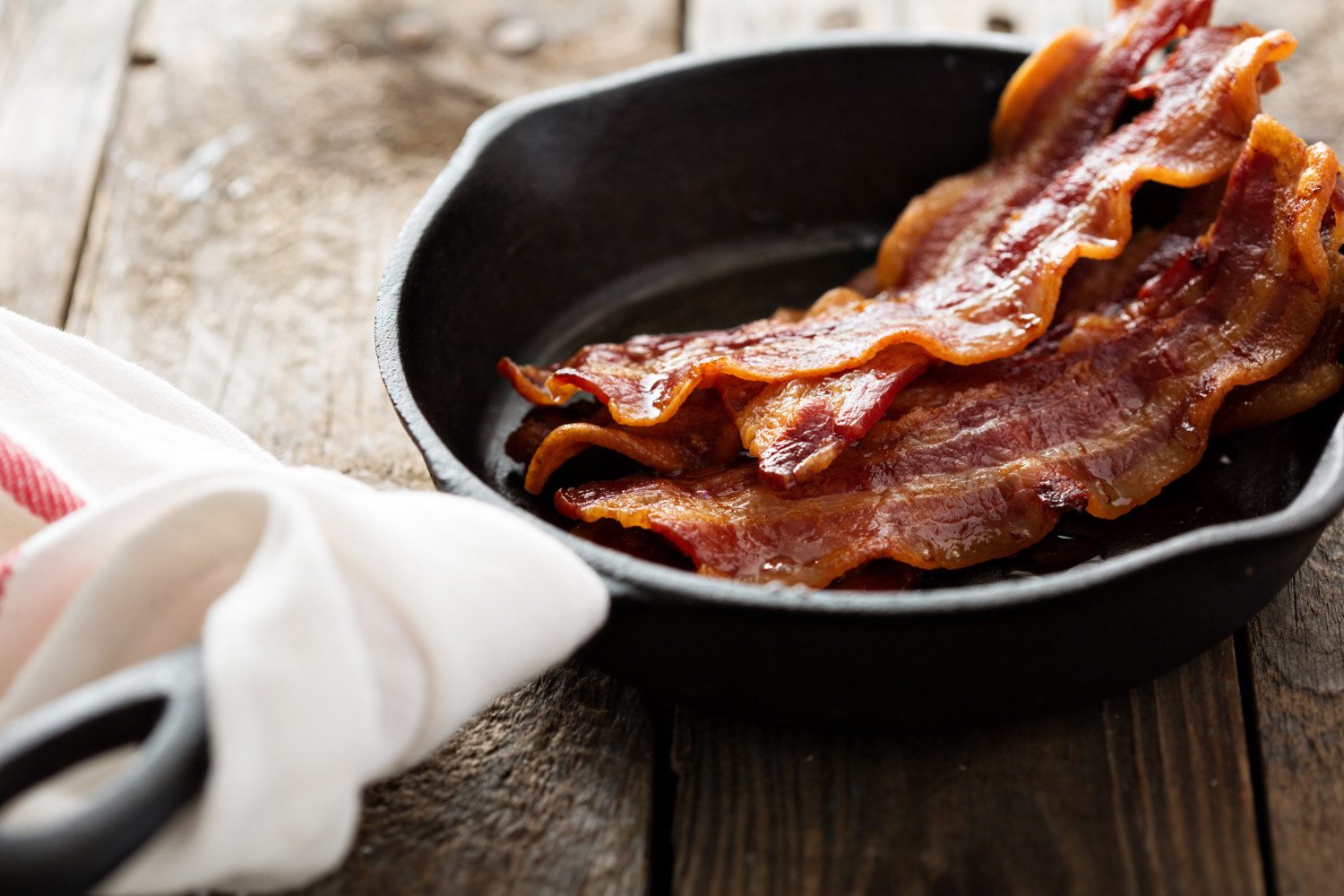
Gadgets enhanced with technology or a little bit of quirk command a lot of attention in the kitchen. But we wouldn’t want these divas to completely overshadow the benefits of a simple, good old-fashioned cast-iron skillet. This hearty, low-tech cookware can be the MVP in your kitchen or at your campsite. They’re just as good at searing a sirloin as they are at caramelizing the bottom of a cookie. If you need more convincing, we submit this evidence to you: 14 delicious cast-iron recipes that cover all three meals, plus dessert.
But there are some myths surrounding cast-iron cooking, and some common mistakes people make when cooking with these skillets. Let’s clear those up.
1. It comes pre-seasoned, so you don’t season it anymore
First, let’s make sure we arrive at the same definition of “seasoning.” We’re not talking about adding a dash of salt and pepper, or your proprietary blend of taco seasoning. In the realm of cast-iron cooking, seasoning means fat or oil that is baked into the skillet. The modern-day cast-iron skillets come pre-seasoned (defined: they’ve got a nice layer of polymerized oil in the pan). Still, it’s a good idea to add some extra protection. Serious Eats suggests doing this by heating it on the stove top until it’s smoking hot, rubbing a little oil into it and then letting it cool. Repeat the process a few times.
2. You run it through the dishwasher
Do this, and you’ve committed the cardinal sin of cast-iron skillet ownership! Running it through the dishwasher will remove that perfect seasoning. Also, you want to avoid harsh soaps and scouring pads when it comes to your skillet, all of which can chip away at the seasoning, according to Epicurious. Instead, use a mild soapy water on the first wash.
3. You let your cast-iron skillet soak
To make it easy on yourself, wash your pan when it’s still warm. Epicurious relays these instructions: Use hot water, a sponge or a stiff, non-metal brush to remove the cooking residue. If you’ve got food that’s stuck to the bottom (hey, it’s inevitable!), call in some back-up in the form of coarse kosher salt to help slough off the stubborn bits. Use tongs to squeeze a folded kitchen towel and then scrub the pan with the help of the salt.
4. You skip breakfast
It’s not just the most important meal of the day, but it’s also the best way to initiate your cast-iron skillet! Use it to cook something high in fat, like bacon or sausage, and you’re good to go. It will grease up your pan before you start experimenting with pizzas and cornbread. Once you’ve got your pan good and greasy, try this comfort food classic: chicken pot pie with a biscuit crust, recipe courtesy of Just Plum Crazy.
5. You don’t let it dry long enough
After washing your cast-iron, make sure it’s dry. As in “bone dry,” suggests Food & Wine. Too much moisture can cause rust, which becomes tricky to remove. If your trusty cast-iron skillet gets a little rusty, the best fix is to scrub the rusted areas with steel wool or a soapy scrub pad and then thoroughly dry the pan, according to the experts at Food & Wine.
6. You don’t introduce acidic foods to your skillet
You may have heard that you shouldn’t cook acidic foods in your cast-iron skillet. But this falls in the “myth” category. Cast-iron cookware is game for just about anything. While you might not want to let tomato sauce simmer for hours, Rodale’s Organic Life warns, there’s no harm in cooking with acidic foods.


